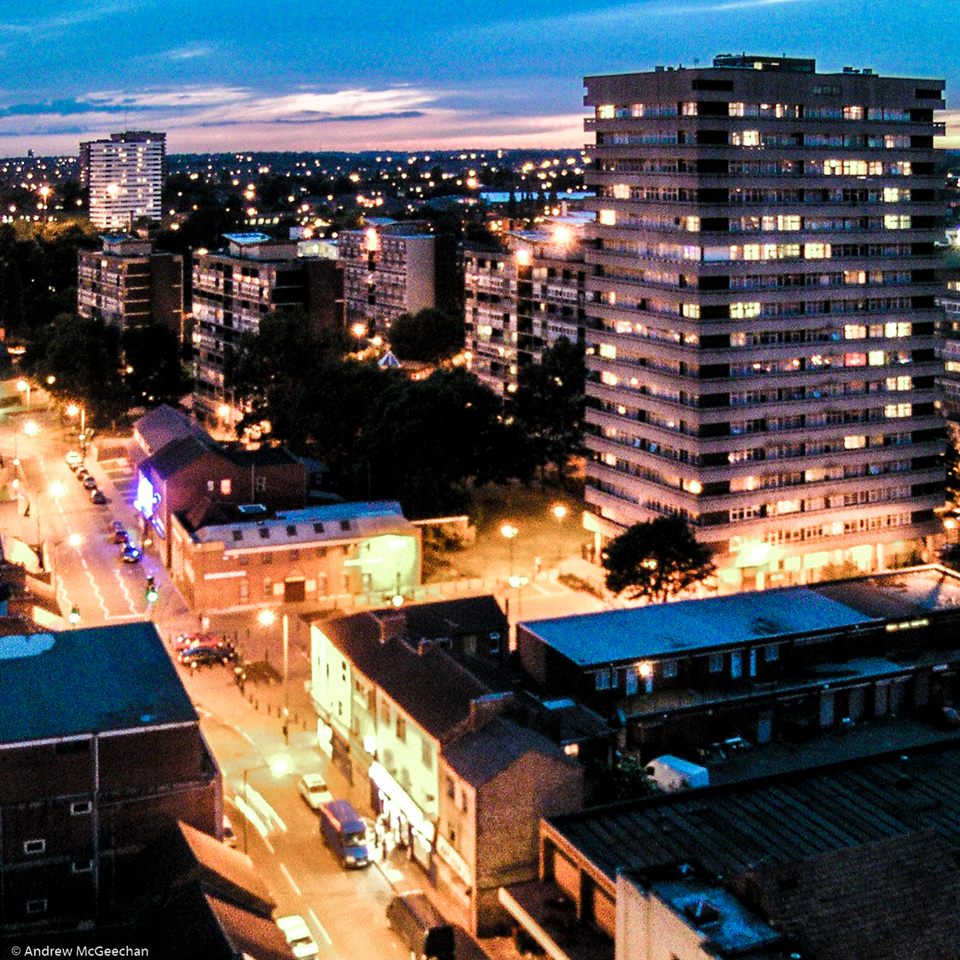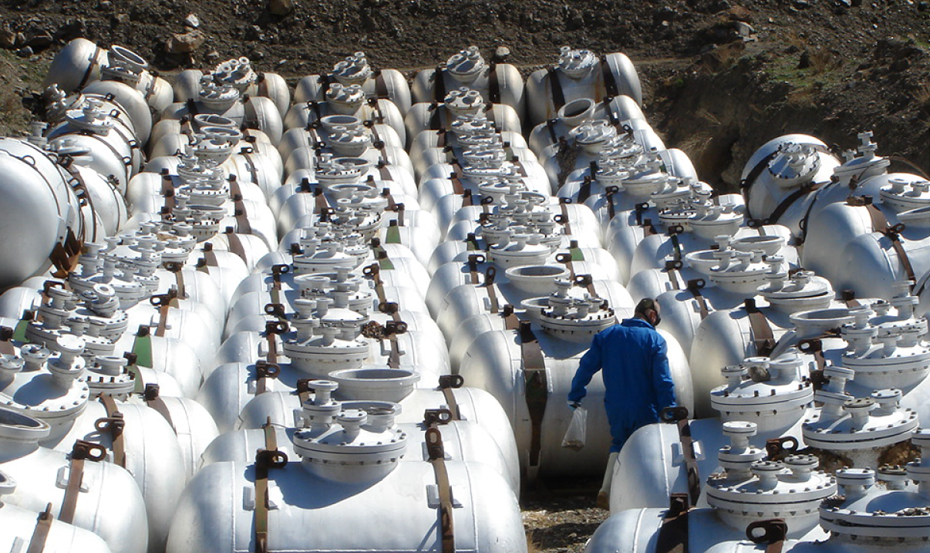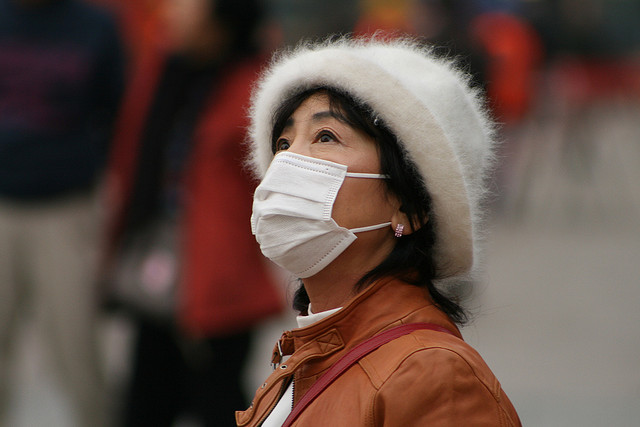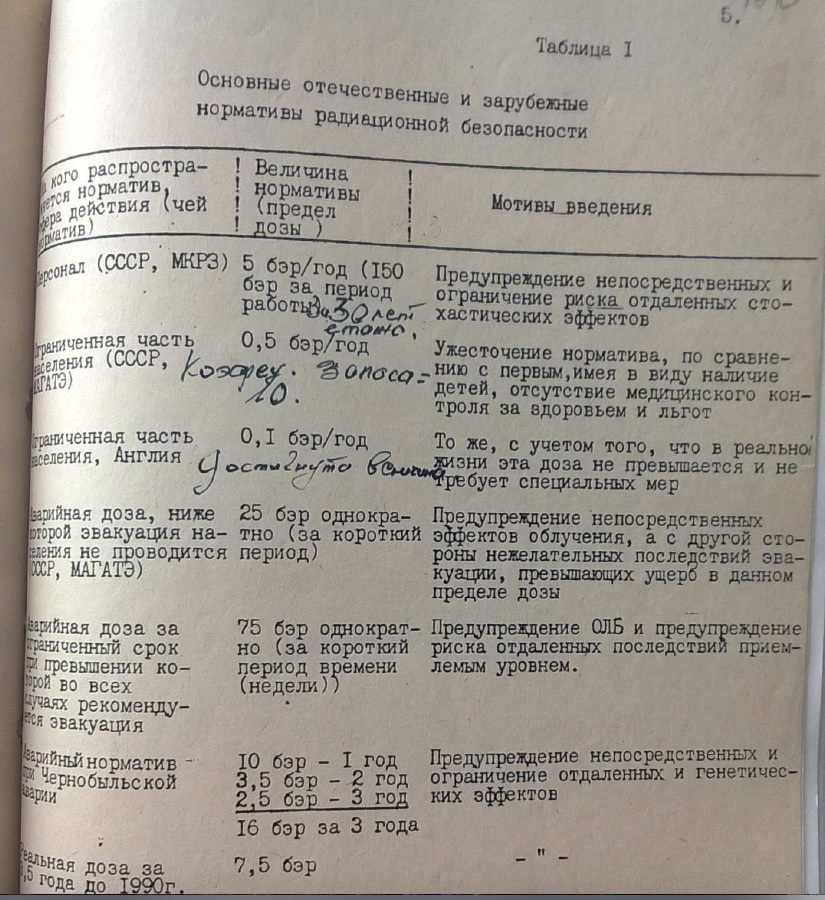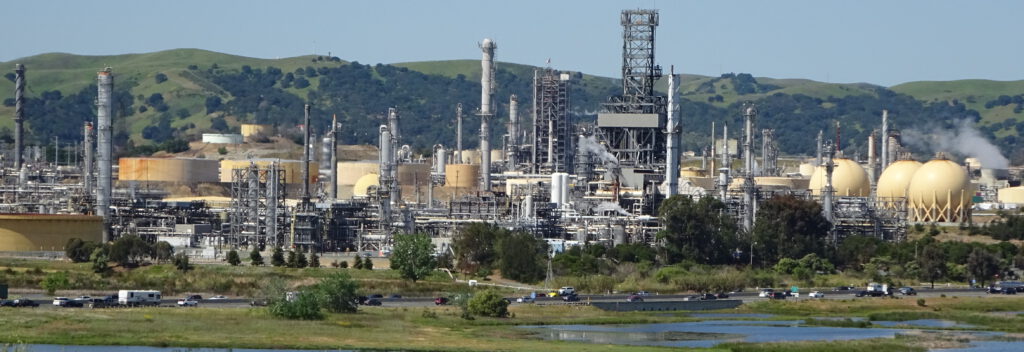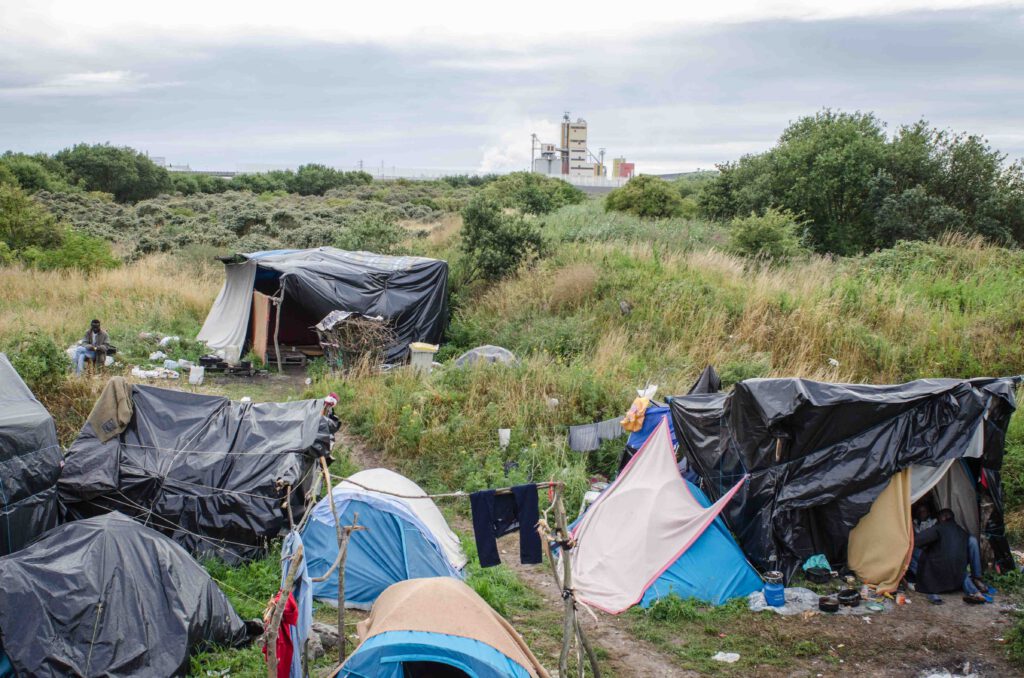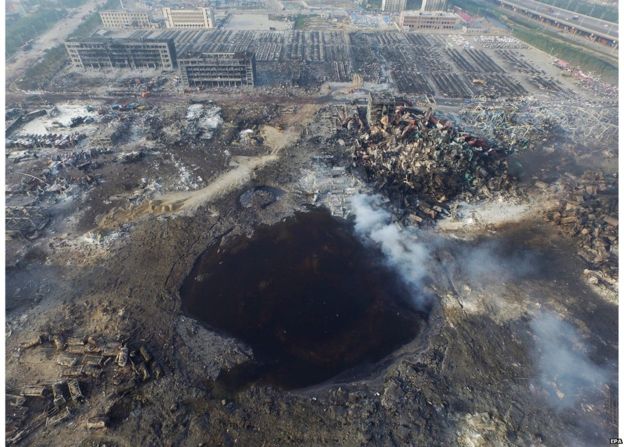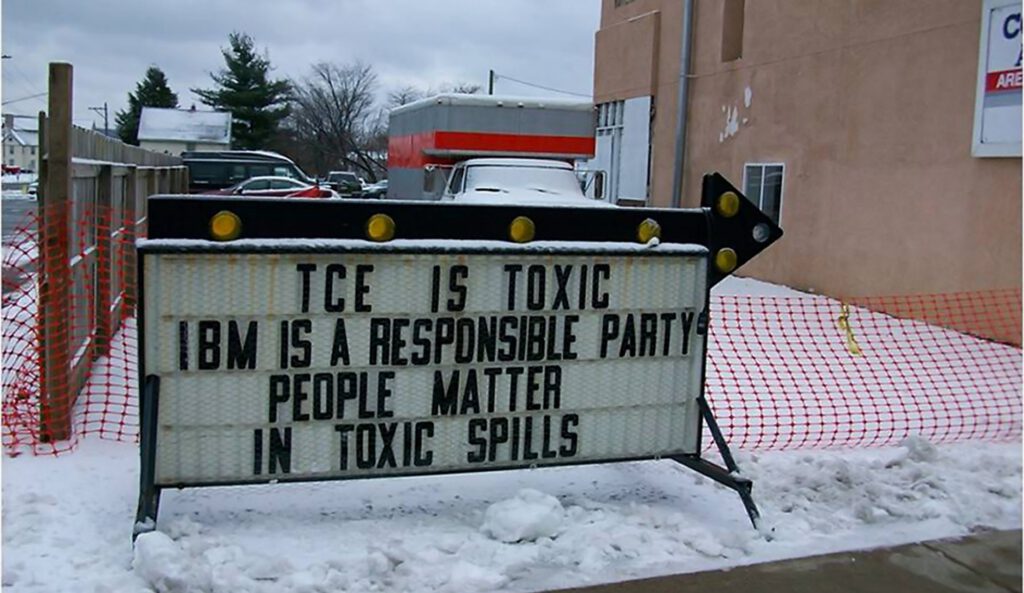Demolitions, Housing, and Environmental Justice: A Toxic News Interview with a Community Activist in Hillfields, Coventry
India Foster, Project Administrator, Department of Sociology, University of Warwick, UK Background In 2004, Andy McGeechan led a local residents’ campaign to save twelve blocks of flats from demolition in a West Midlands city in the UK. Andy was and still is a resident of the North Coventry area of Hillfields which is located next to […]
